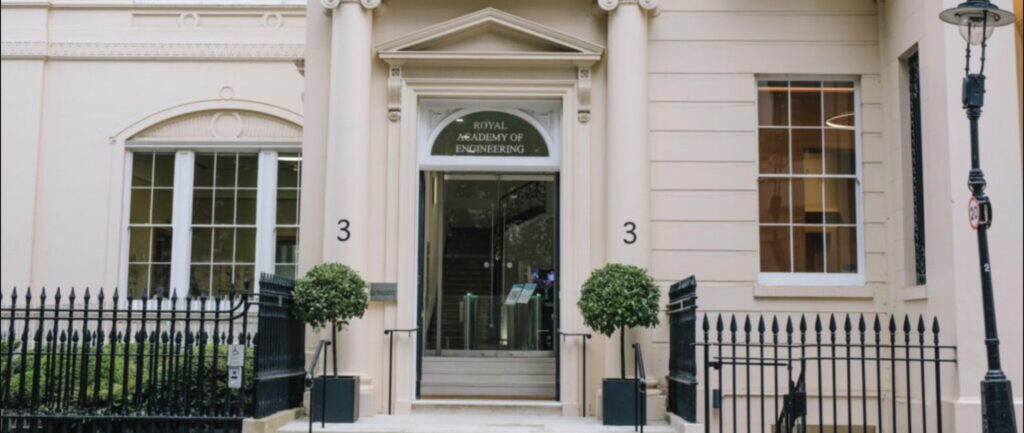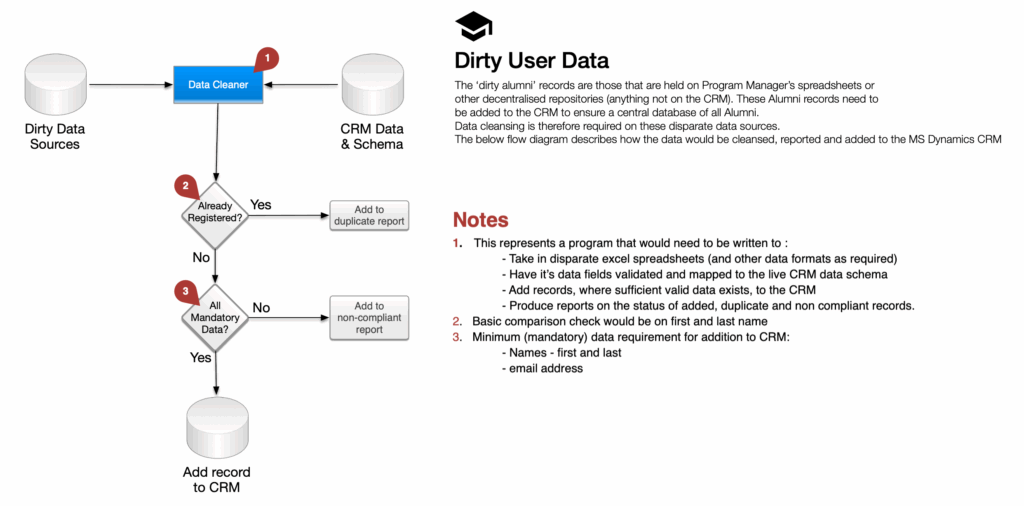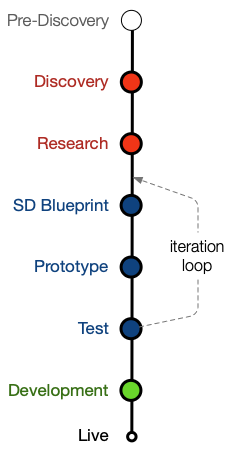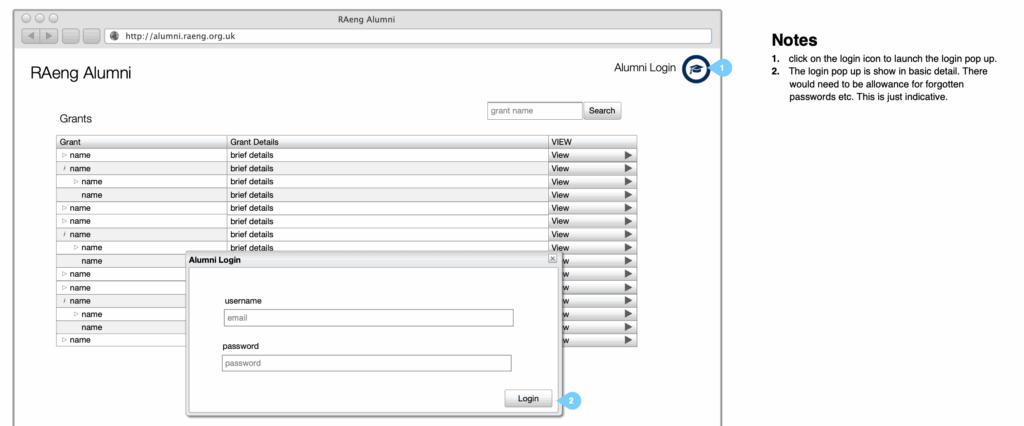Alumni Engagement Program.
The Royal Academy of Engineering is the UK’s national academy for engineering, bringing together the country’s most accomplished engineers to advance and promote excellence in the field…more
Based in London, the Academy provides independent policy advice, funds innovative research, supports education, and fosters collaboration between industry, academia, and government.
Its influence extends far beyond its headquarters: the Academy’s Fellows and alumni include some of the UK’s most impactful engineers, innovators, and business leaders, whose contributions have shaped infrastructure, technology, and industry both nationally and internationally. The Academy’s role is not only to champion engineering as a discipline but also to cultivate the next generation of leaders whose work will continue to transform society.
This focus on excellence, impact, and future leadership provided the backdrop for the project.

Challenge:
The Royal Academy of Engineering (RAEng) had no efficient, unified mechanism to connect, engage, or grow its alumni community. Past scholars, award winners, and grant recipients were scattered across disconnected spreadsheets, paper records, and informal channels, leaving many unrecorded or forgotten. As a result, alumni engagement was often short-lived, with accomplished individuals losing contact soon after their formal connection with the Academy ended.
This lack of structure meant RAEng could not easily gather alumni expertise, feedback, or input, nor could it provide its members with the lifelong value of belonging to a vibrant professional network of the UK’s finest engineering minds. The fragmented data also limited visibility of grant allocations, success stories, and opportunities for knowledge sharing and mentorship.
The challenge was to design and deliver an alumni communication solution that would:
- Build a sustainable platform that could grow alumni numbers, strengthen community ties, and extend RAEng’s influence nationally and internationally.
- Centralise and clean historical and current alumni data into a single reliable source of truth.
- Reconnect past alumni and ensure new alumni were added automatically.
- Provide effective communication channels for grants, achievements, and networking.
- Reflect the wide demographic diversity of alumni and avoid a one-size-fits-all approach.

Approach:
I began with a UX Discovery and Research phase, engaging alumni as well as RAEng technical, business, and financial staff to capture the full range of needs, motivations, and organisational goals. I explored every available data source – from scattered spreadsheets to archived paper records – and reviewed the existing channels used for alumni communication, grant information, and news distribution.
To understand what would bring real value, I conducted interviews with RAEng teams, alumni, and grant recipients, uncovering their requirements for awareness, recognition, networking, and career support. I also researched and trialled multiple approaches to reconnecting with unrecorded or hard-to-reach alumni, ensuring the eventual solution would not exclude important members of the Academy’s community.
With these insights, I identified User Types and Use Cases, and mapped user journeys and service blueprints that reflected both business processes and alumni expectations, identifying gaps and opportunities for automation. I mapped data journeys and architected the discovery, migration, normalisation and centralisation process for all alumni data. I then created and tested functional user journeys and prototypes with RAEng teams and alumni, iterating until they validated that the design met both user needs and business objectives.
This structured, user-centred approach ensured the planned Alumni Communication Application would not only centralise data and streamline administration but also deliver meaningful engagement and value for alumni across generations.

Outcomes and Value:
I delivered a comprehensive UX Research report and a set of functional and technical recommendations for data migration and collection, and for the Alumni engagement and grant application solution, providing the Royal Academy of Engineering with a clear plan to transform and grow alumni engagement. Alongside this, I designed user journeys and processes to enable RAEng to contact, collect, clean, and collate alumni data into a single, central database – creating a reliable source of truth for past, present, and future alumni.
The new system empowered RAEng to increase alumni membership by reconnecting with previously unrecorded members and onboarding older alumni. It also raised the visibility of grant allocations and achievements, making them accessible not only to alumni but also to wider stakeholders and interested parties.
Most importantly, the initiative improved the communication and networking capabilities of the alumni community, turning what had been fragmented and inconsistent contact into a structured, supportive network. The centralised database gave RAEng the foundation to sustain ongoing engagement, celebrate achievements, and create opportunities for alumni to connect, collaborate, and contribute to the advancement of British engineering.


